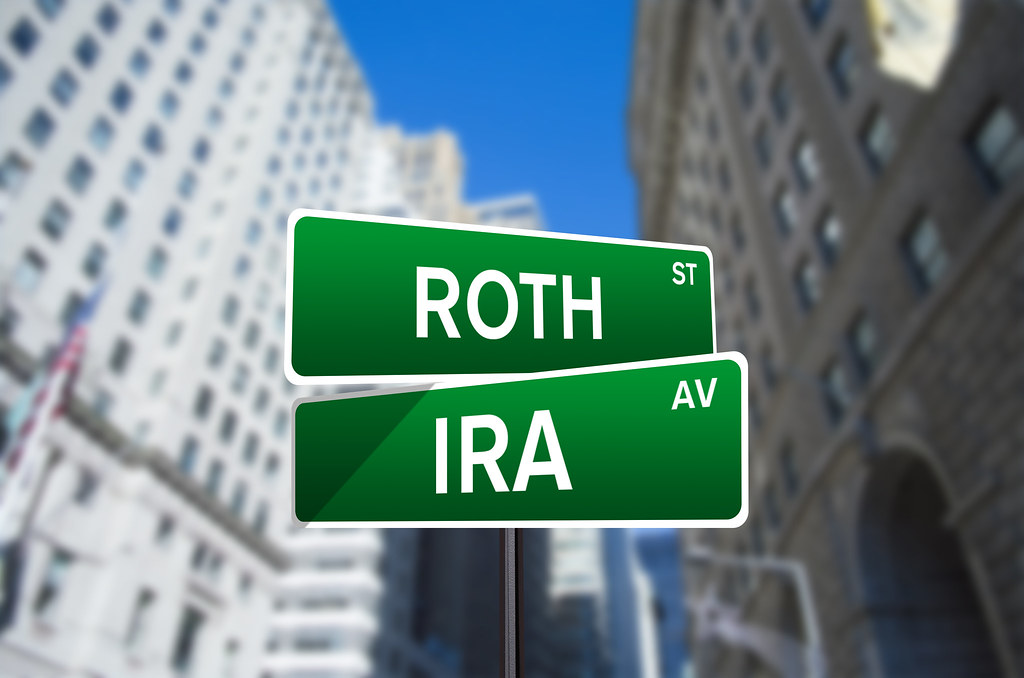The 5 Year Rule on Roth IRAs: What You Need to Know
Roth IRAs are a popular way to save for retirement because of their tax advantages— tax-free withdrawals can be a great way to diversify how you supplement your retirement income. However, the tax advantages do come with certain conditions that you need to know about when exploring this option. One of the key considerations is the 5-year rule.
The 5-year rule applies to two different conditions: one for contributions and the other for conversions. Both have an impact on how you can withdraw your funds, and both are important to your overall retirement plan.
The 5-Year Rule for Earnings
The rule applies to withdrawals of investment earnings – the capital gains, dividends, or interest that your portfolio earns over time. To draw your earnings tax-free, you need to meet two main conditions:
- Your Roth must have been open for at least five years. This is calculated based on January 1 of the tax year for which you made that initial contribution. This clock does not start over when you make additional contributions.
- You must be at least 59 ½ years old at the time of withdrawal. There are a few exceptions to this rule:
a. Rule 72(t) : Substantially equal annual periodic payments for 5 years or until you reach 59 1/2
b. First time home purchase (up to $10,000)
c. Disability or death
The 5-Year Rule for Conversions
Many people do not qualify for the income limitations to contribute directly to a Roth IRA, and choose to do a conversion, prepaying taxes at their current income tax rate to allow the funds to grow tax-free in the Roth. A conversion occurs when funds are transferred from a Traditional IRA (or other eligible retirement account) into a Roth. Each conversion has its own separate 5-year holding period.
If you choose to withdraw funds prior to the 5-year period passing, you could be subject to a 10% early withdrawal penalty on those funds, even if you’re over 59 ½.
Key Considerations for Investors
The 5-year rule is an important consideration for retirement planning, but there are a few others that you need to keep in mind when utilizing a Roth IRA.
- Planning Roth Conversions Around IRMAA. This can affect any investor, but has particular ramifications for higher income earners. IRMAA, or Income-Related Monthly Adjustment Amount is an additional charge to Medicare Part B and D premiums for those whose modified adjusted gross income (MAGI) exceeds specific thresholds. Roth IRA conversions increase your taxable income during the year of the conversion, which can push you into a higher IRMAA bracket, which has a 2-year lookback period. Investors that are approaching Medicare age (65) need to consider the timing and size of their Roth conversions.
- Timing of Roth Conversions. Choosing when to do your conversions is another important consideration. Many find it advantageous to convert during low-income years, such as a lay off or job change. Early retirement can also offer lower income years, particularly prior to age 73 when required minimum distributions (RMDs) begin for those born 1950 or later.
- Pre-retirement. During working years, most people are in higher tax brackets than they will be in retirement. If you anticipate a low-income year, it could be an opportunity to do a conversion. For those who retire earlier than Social Security, the gap between stopping work and starting Social Security Income (SSI) may offer another opportunity, but keep in mind how it could impact IRMAA.
- Post-retirement. Balancing your post-retirement conversions with retirement income sources (such as SSI or pension payments) is essential to avoid pushing yourself into a higher tax bracket or triggering a higher IRMAA surcharge.
Conclusion: The 5-Year Rule as a Planning Tool
There are plenty of considerations when considering utilizing a Roth IRA as part of your retirement plan, but it doesn’t need to be overwhelming. If you understand how the rules apply differently to both contributions and conversions, time your withdrawals, and monitor your tax status with a tax advisor, you can maximize the tax-free benefits of a Roth IRA. Done correctly, a Roth IRA can be a powerful long-term, tax-efficient wealth management tool for most investors.
Patrick co-founded Black Arrow Capital, LLC in 2023 and serves as Head of Financial Planning.
This information is presented for informational purposes only and does not constitute an offer to sell, or the solicitation of an offer to buy any investment products or investments in general. None of the information herein constitutes an investment recommendation, investment advice or an investment outlook. The opinions and conclusions contained in this report are those of the individual expressing those opinions. This information is non-tailored, non-specific information presented without regard for individual investment preferences or risk parameters. Some investments are not suitable for all investors. All investments entail risk and there can be no assurance that any investment strategy will be successful. This information is based on sources believed to be reliable. Black Arrow Capital, LLC and affiliated persons are not responsible for errors, inaccuracies, or omissions of information.




